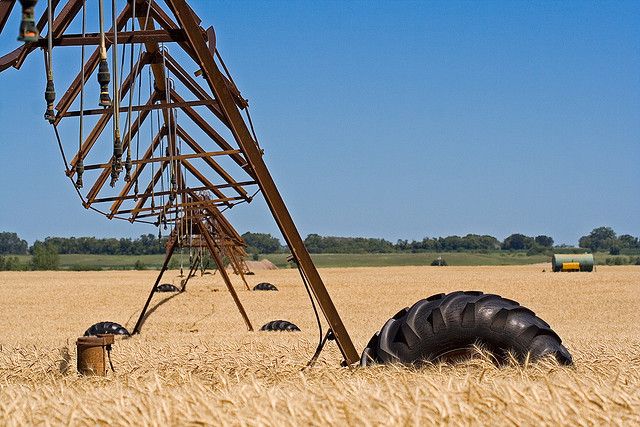
Title
By Stephen Russell - March 26, 2013
This article was originally posted on the WRI blog, Insights.
Agriculture is a major actor in spurring global climate change. The sector is already responsible for at least 10-12 percent of global greenhouse gas (GHG) emissions, and agricultural emissions are expected to increase by more than 50 percent by 2030.
Mitigating agricultural emissions, then, could go a long way toward mitigating global climate change. The Greenhouse Gas Protocol is currently developing an Agricultural Guidance to help companies measure and reduce their agricultural emissions. We’ve just released a second draft of the Guidance for open comment period, which will run until May 31, 2013.
Key Challenges to Measuring Agricultural Emissions
Reporting agricultural emissions in GHG inventories is a decidedly complex endeavor, which can hinder reduction efforts. For example, agricultural emissions are strongly affected by weather and are therefore often calculated with a large amount of uncertainty. This ambiguity makes it challenging to set and track progress toward reduction targets. The carbon stored in biomass and soils can often be emitted into the atmosphere, making it imperative that companies do not over- or under-count the impact of farming practices on stored carbon. And companies vary widely in how they control different parts of agricultural supply chains—such as commodity production, processing, and retail —so it’s difficult to maintain consistency in how inventories are reported. To help address these challenges, the new draft of the Agricultural Guidance provides guidelines on the following areas:
-
How changes in carbon stores should be reported in inventories, both in the context of farming activities—such as soil tilling and crop residue management—and land use change—such as the conversion of forests for agricultural production;
-
Setting inventory boundaries in relation to agricultural production contracts, leases, and other business relationships to determine whether specific operations should be reflected in inventories;
-
The types of tools available to calculate or assist in calculating agricultural emissions; and
-
The types of information that should be reported in inventories to ensure the utility and transparency of inventories.
The new draft incorporates input from stakeholder consultations held between April 2012 and February 2013—including three review workshops in the United States and Brazil—as well as feedback from more than 80 organizations in more than 10 countries. The project has received funding from the U.S. Agency for International Development and Unilever, while the UK Foreign and Commonwealth Office and the Ford Foundation are supporting an intensive review process in Brazil.
Provide Your Feedback on the Draft Guidance
Comments from a variety of stakeholders help us ensure that our guidance is strong, effective, and widely applicable. To provide your feedback, please download the draft guidance and use the feedback form available on our website. Please send all feedback by email to WRI at opencomment@wri.org by Friday, May 31, 2013.
Concurrent with the open comment period, WRI is road testing the draft in select companies in the livestock and crop sectors. If you would like to road test the draft, please contact us at opencomment@wri.org.
WRI will release a new draft of the Guidance around October 2013 that incorporates feedback from both the open comment period and road testing. A summary of the feedback and an explanation of how issues and comments are addressed will be published on the GHG Protocol website.
- LEARN MORE: Download the full draft guidance.
Photo credit: Nick McPhee, Flickr